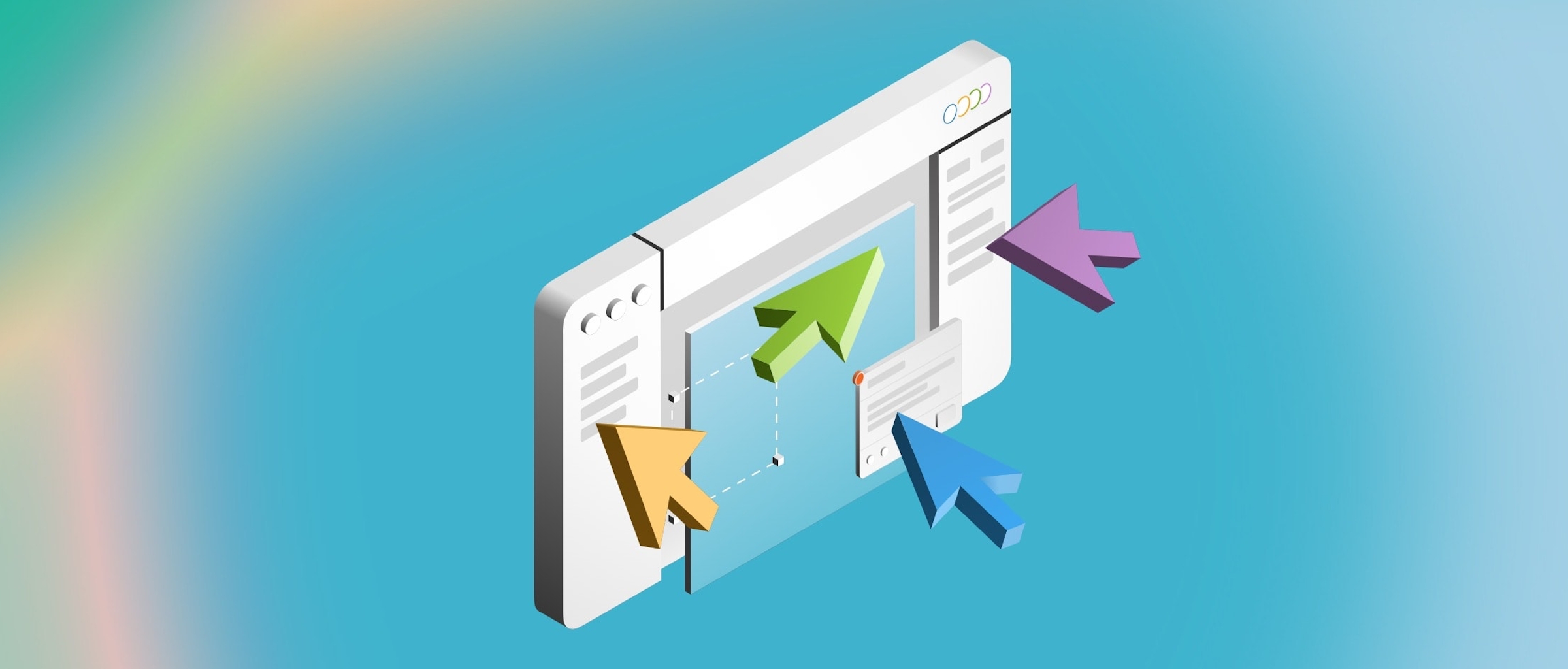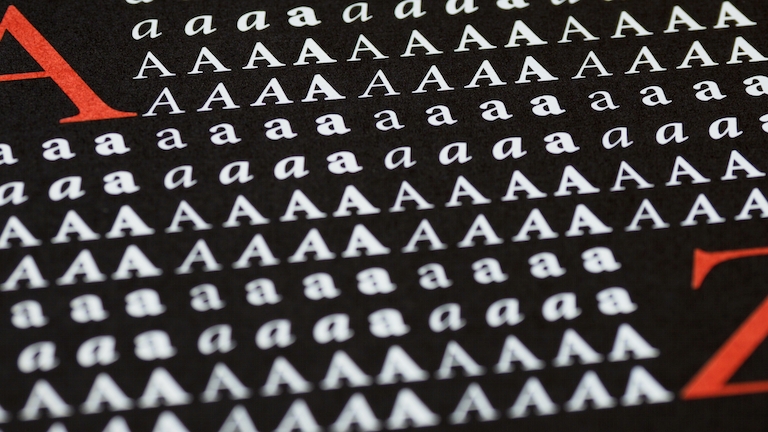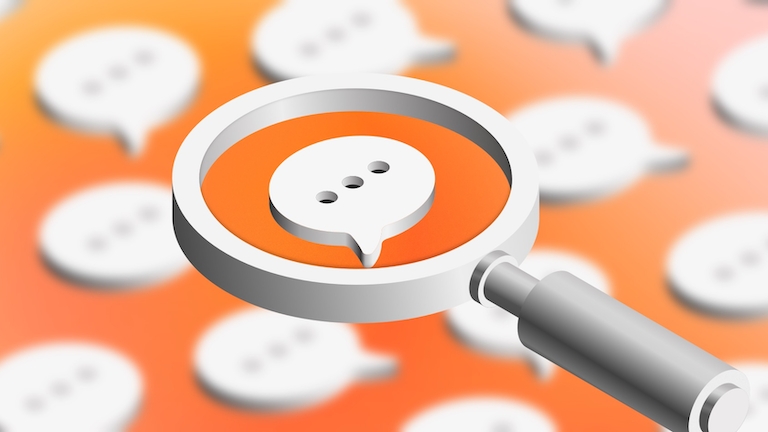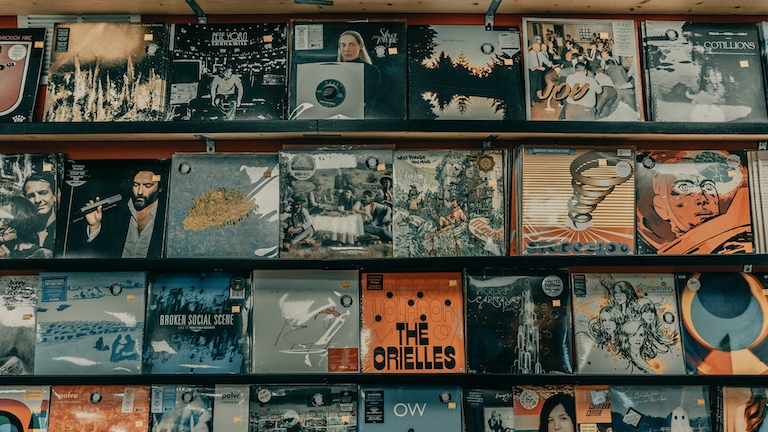
What is collaborative design?
Learn the basic principles to take teamwork to the next level
Author
Designers spend a lot of time creating work that’s both visually appealing and useful. Some days — or even for some projects — we might get it right on the first try. But it’s not always that easy. So, how can we make sure we hit the sweet spot more often than not? The answer is simple: collaborative design.
And now you’re probably wondering, what is collaborative design?
Collaborative design happens when you involve people from different fields starting from the early stages of a project. For example, you might involve a developer, UX writer, and a product designer to work on a new modal. The great thing about collaborative design is that it sets you up for success from the get-go since you’re more aware of the whole picture.
As our Product Designer Ramsés Cabello says, “it’s about changing your perspective from ‘working for’ to ‘working with’.”
Why would you use collaboration?
With creative fields like design, it can feel intuitive to go solo. Sometimes the key to productivity is a designer, their design tool of choice, and a good Lo-Fi playlist. But with collaborative design, we’re not just looking for productivity. As we’re constantly reminded by everyone from High School Musical to Bill Withers, there are many advantages to working together.
Here are four key benefits of collaborative design:
- Generating better ideas. Two heads are better than one because we can compound our ideas. That means you can build on top of each other’s ideas until arriving at an even better one.
- Catching opportunities and blindspots. You can’t see what’s on your back, but others can. When you work with teammates, especially from other departments, you can offer each other more comprehensive feedback — both for potential pitfalls and unexpected possibilities. Take advantage of the multiple perspectives people from different backgrounds can bring.
- Working faster. That’s right! You don’t have to sacrifice productivity or efficiency. While the first stages might take longer than when working solo, the iteration and delivery stages can more than make up for it.
- Increasing positivity. It’s so much easier to deliver great work when everyone’s in the loop instead of worrying about FOMO. A team where everyone feels at ease to share their ideas and flag issues is a happy team.
“When collaborative design is done properly and holistically, your designs can make bigger contributions to the projects other teams are working on,” shares Ramsés. “You can provide a new perspective to problems, learn from others’ perspectives, and come up with a shared, tangible goal. But ultimately, it helps you bond with your teammates, making it easier to create a safe space to work.”

Collaboration is key, both on and offline.
Why collaboration is so beneficial to the design process
For our Design Advocate, Layshi Curbelo, collaboration is the “sanity check” of design. It’s what turns a good idea into a great one. “In my experience, as long as you can divvy up tasks during the design process, you can allow for the ‘expert’ in each area to concentrate on what they are great at,” she explains. “This way, the design will be all the more enriched by those participating in the process.”
And we don’t just talk the talk. This is how we build products at Sketch. Most recently, a cross-departmental team came together to bring our new iPhone app to life. Our Mac developer Philipp Seibel “really enjoyed working closely with the designers, especially during our UI improvement sessions, where we’d test prototypes in real-time.” During these sessions, our designers would make suggestions and our developers would test them on the fly.
In our experience, collaborative design is the only way to create products that can work for everyone. Why? Because everyone can participate, voice their opinions and concerns, and ultimately help make a product they’d like to use themselves.
Finding the right collaboration tools for design
Okay, we get it — collaboration is important in design. But how do we go about fostering and improving our teamwork skills? A good first step is finding the right collaboration tools. These can range from progress trackers to actual design tools. The key is being willing to try out a few things until you find what works best for you and your team — especially if you work in a remote environment.
Ideally, you’ll land on one or two tools that can do most of what you need. Why? Because the fewer tools you have, the less time you’ll spend searching for what you need, updating tasks, and onboarding your teammates. Here’s a breakdown of the type of collaborative design tools that are worth looking into:
- A place to chat. Be it Slack, Discord, or even a WhatsApp group, find a place where you can talk about the projects you’re working on. You’re looking for a tool that keeps track of all comments, allows you to open threads, and that everyone can access. If it also comes with video chat options, it’s a winner.
- A place for tasks. Trello, Notion and Todoist are some well-known tools for task management. You’ll want something that lets you keep track of dates and deadlines as well as who’s assigned to what.
- A place for hands-on work. Miro, Mural, and — of course — Sketch are great places to come together and execute on ideas. An ideal collaboration tool is one where you can work together in real-time, have access to multiple saved versions of the same document, and can test prototypes. This makes for a robust tool that won’t get in your way when flexing those teamwork muscles.
TL;DR
- Collaborative design helps you generate better ideas, catch opportunities and blindspots, work faster, and increase positivity within your team
- Taking the time to find ways to work together will pay off in the long run
- Collaboration keeps your designs in check, both in terms of quality and accessibility
- When it comes to collaboration tools, less is more — and the ideal set will include a place to keep track of conversations, a place to design together, and a place to manage tasks
So, next time you’re ready to start a new project ask yourself who you can work with. You can thank us later 😉


